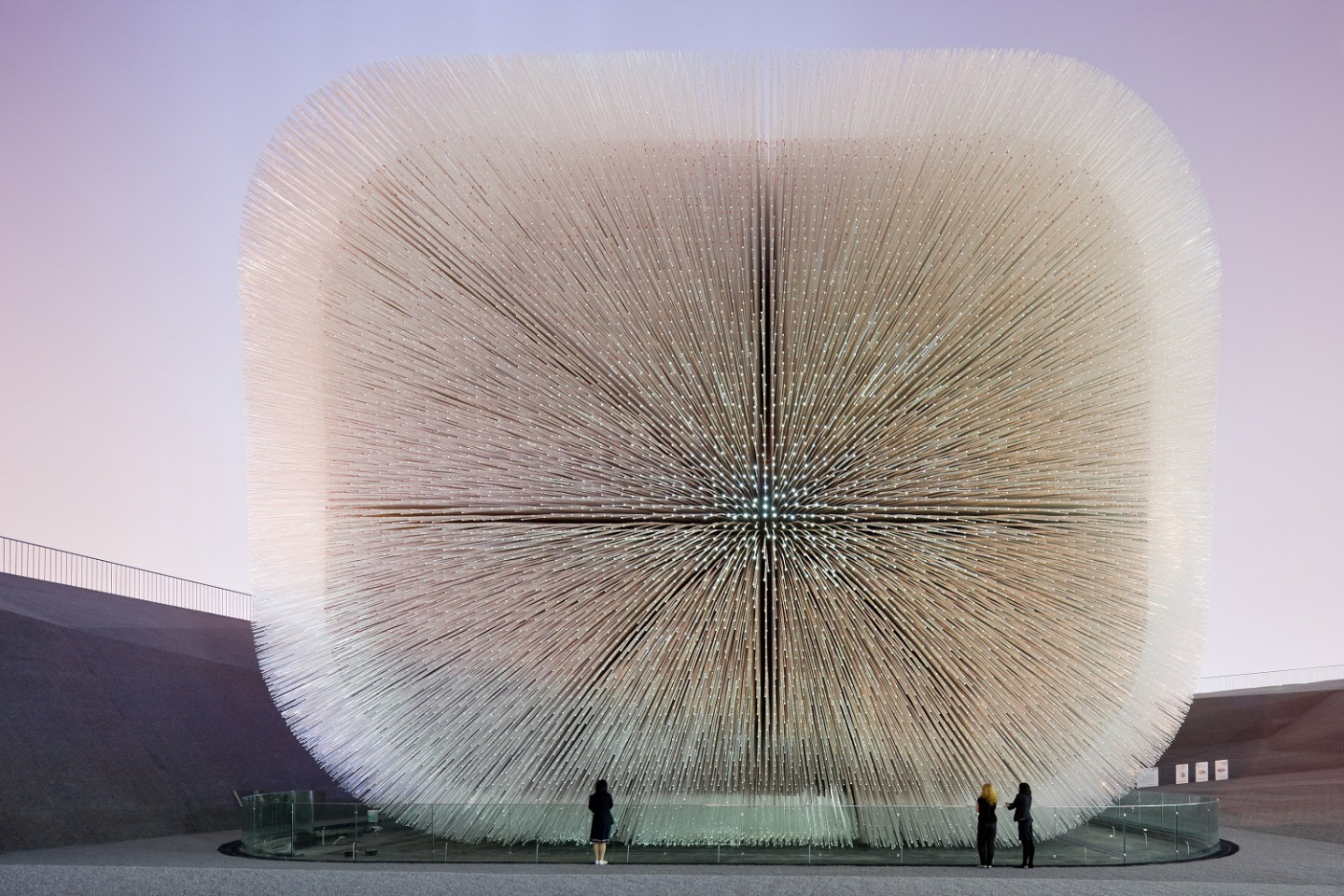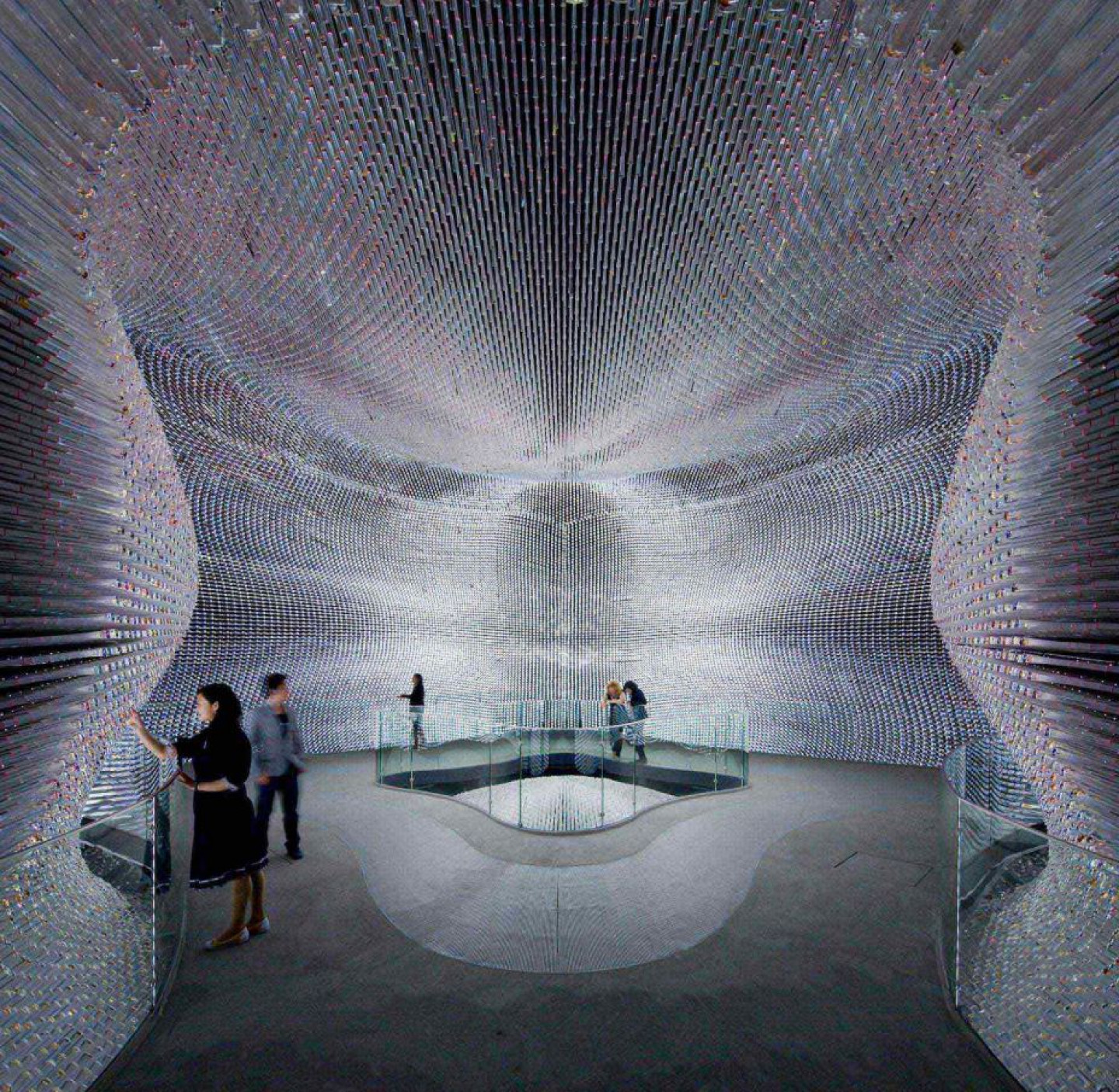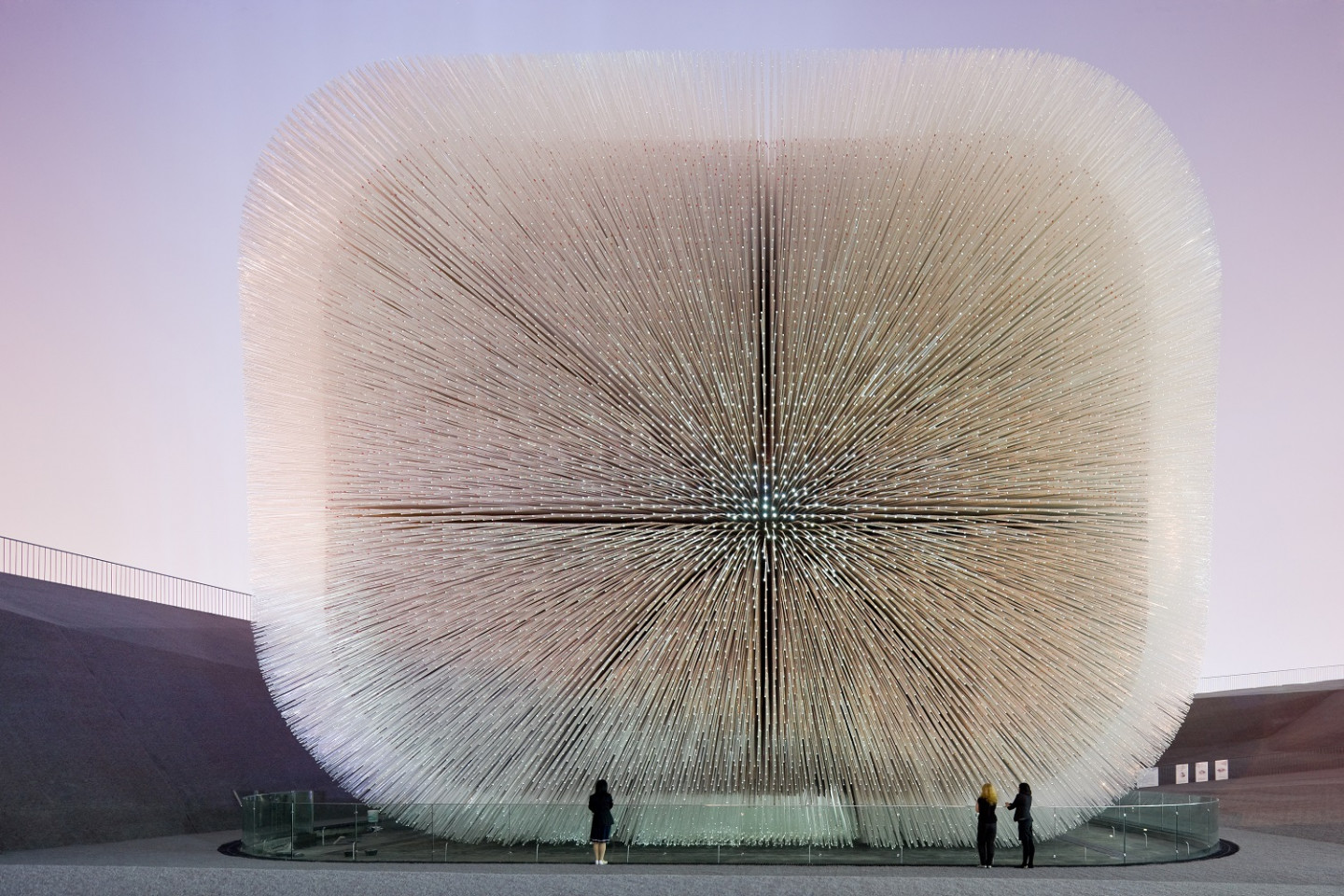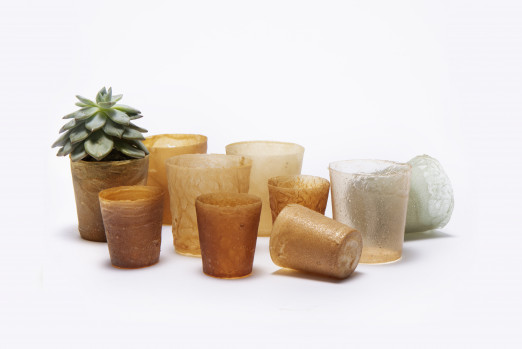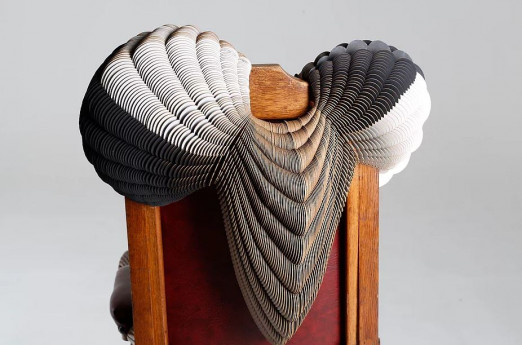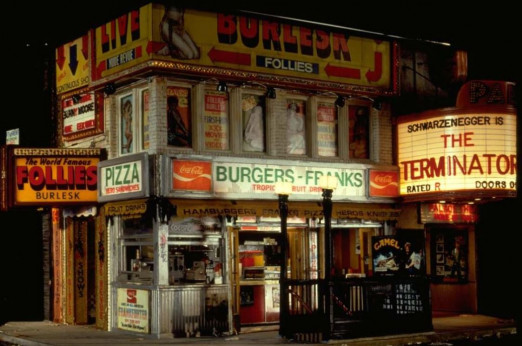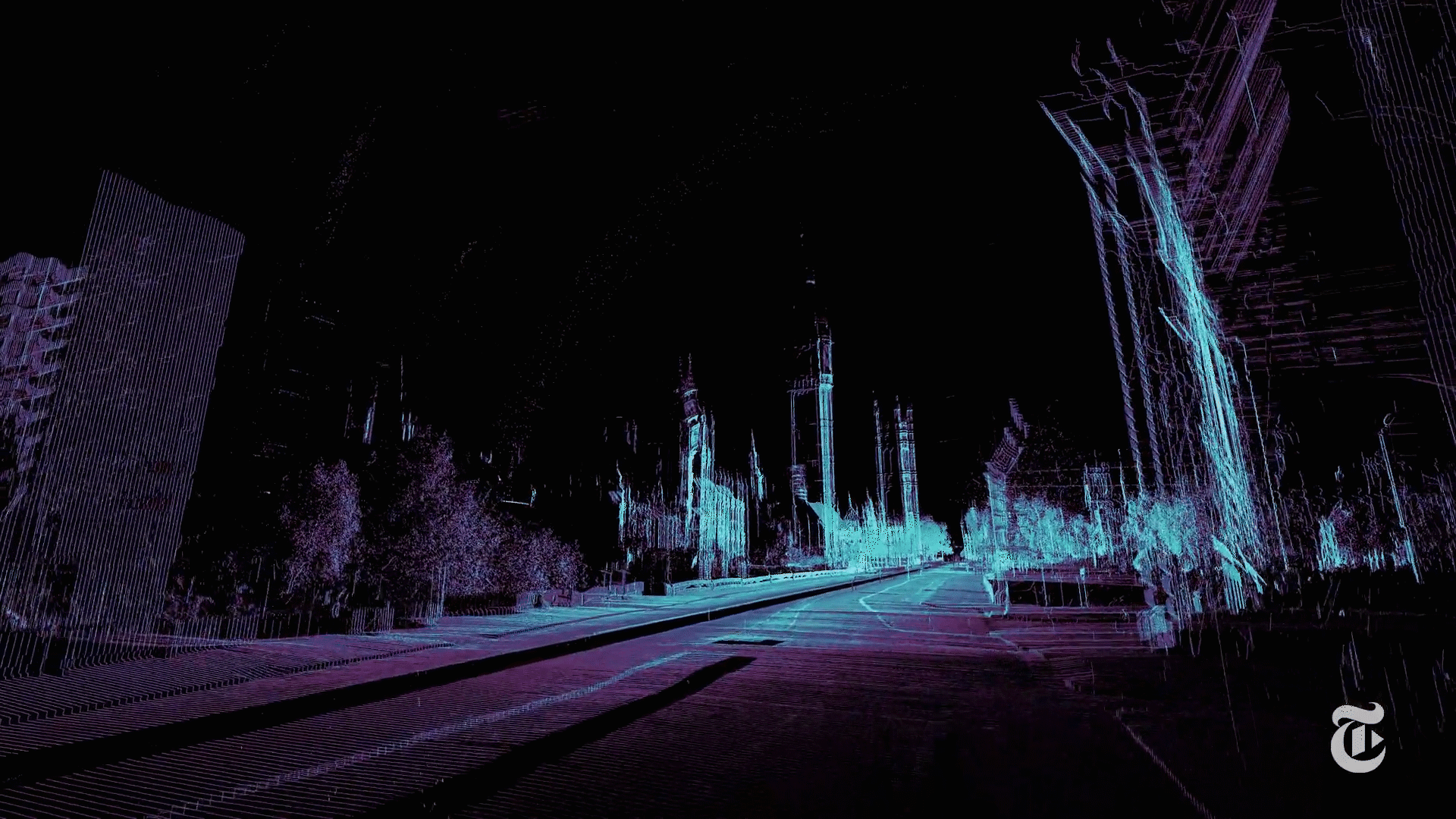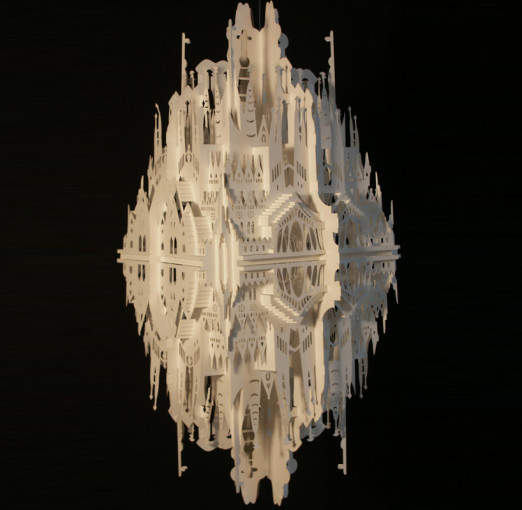The Seed Cathedral is built with an array of fibre optic filaments, and houses thousands of seeds illuminated with light.
In 2010, an otherworldly design which looked as though it belonged in a science fiction film was constructed in Shanghai.
Built from an array of fibre optic filaments, the ‘UK Pavilion’ looked like a star-filled galaxy, but beyond first impressions, revealed itself to be a ‘Seed Cathedral’ housing thousands of seeds illuminated with light.
Designed by Thomas Heatherwick and his team, ‘The Seed Cathedral’ was the winning proposal for the Foreign and Commonwealth Office’s UK Pavilion in Shanghai.
The building’s aesthetic was designed to not only spark the public’s interest in the diversity of plant species but also as a space for relaxation and reflection.
Exploring the ever-changing relationship between natural and urban environments, Heatherwick and his team collaborated with The Royal Botanical Association’s Kew Gardens Millennium Seed Bank, whose aim is to collect 25% of the world’s seeds by 2020.
The seeds were collected from the Kunming Institute of Botany, a partner of Kew’s Millennium Seed Bank Project. With the associations’ botany knowledge and the studio’s architectural skills, the pavilion was designed to be 20 metres tall and was formed from 60,000 transparent fibre optic rods which encased one or two seeds.
Although The Seed Cathedral was exhibited in Shanghai for a year (nearly 10 years ago), the existence of this eye-popping project encourages us to be increasingly aware of the diversity of plant species in our ever-changing natural landscape.
To view more about the project, visit Thomas Heatherwick's website. 

.jpg?1553606811)
